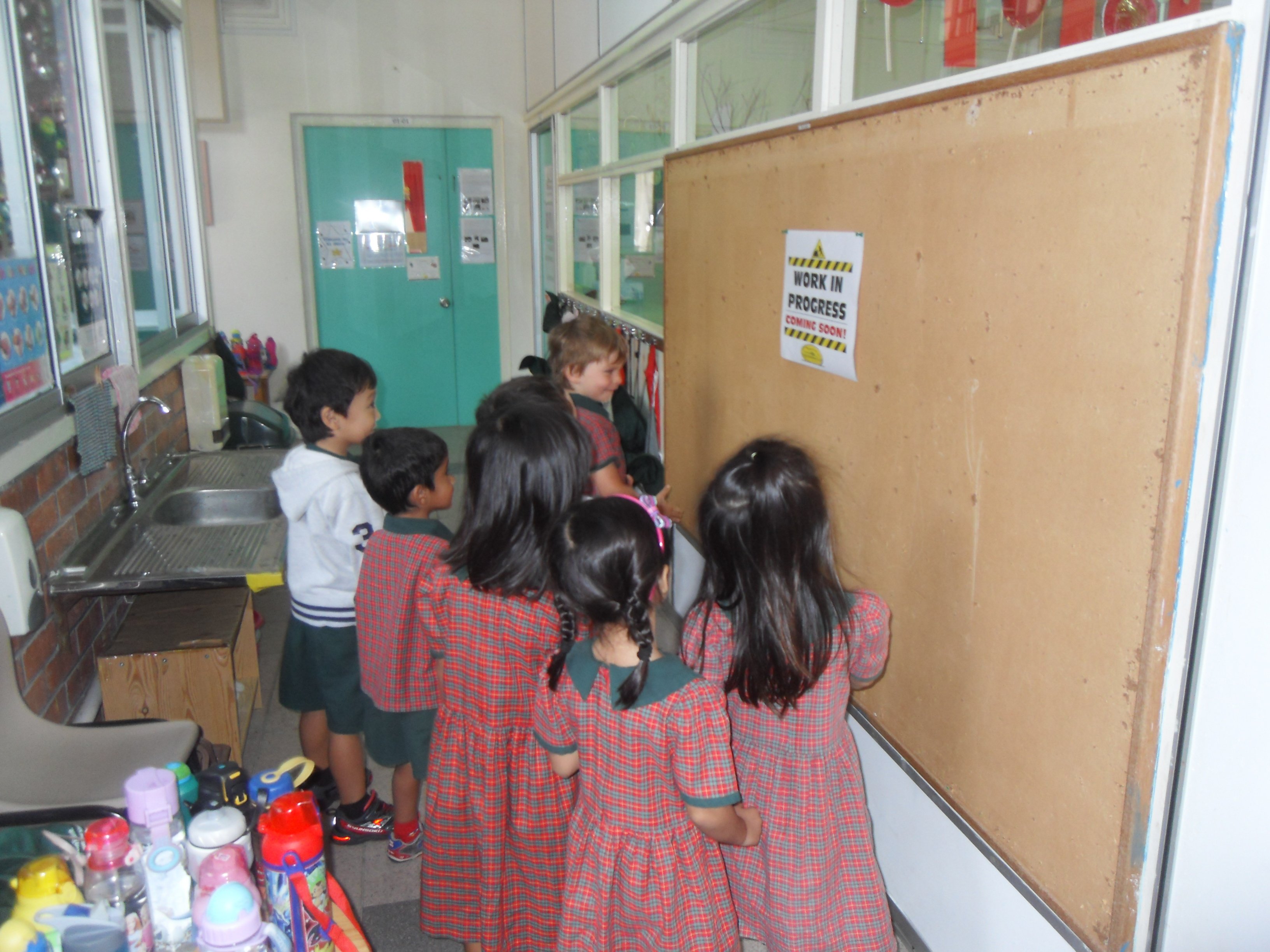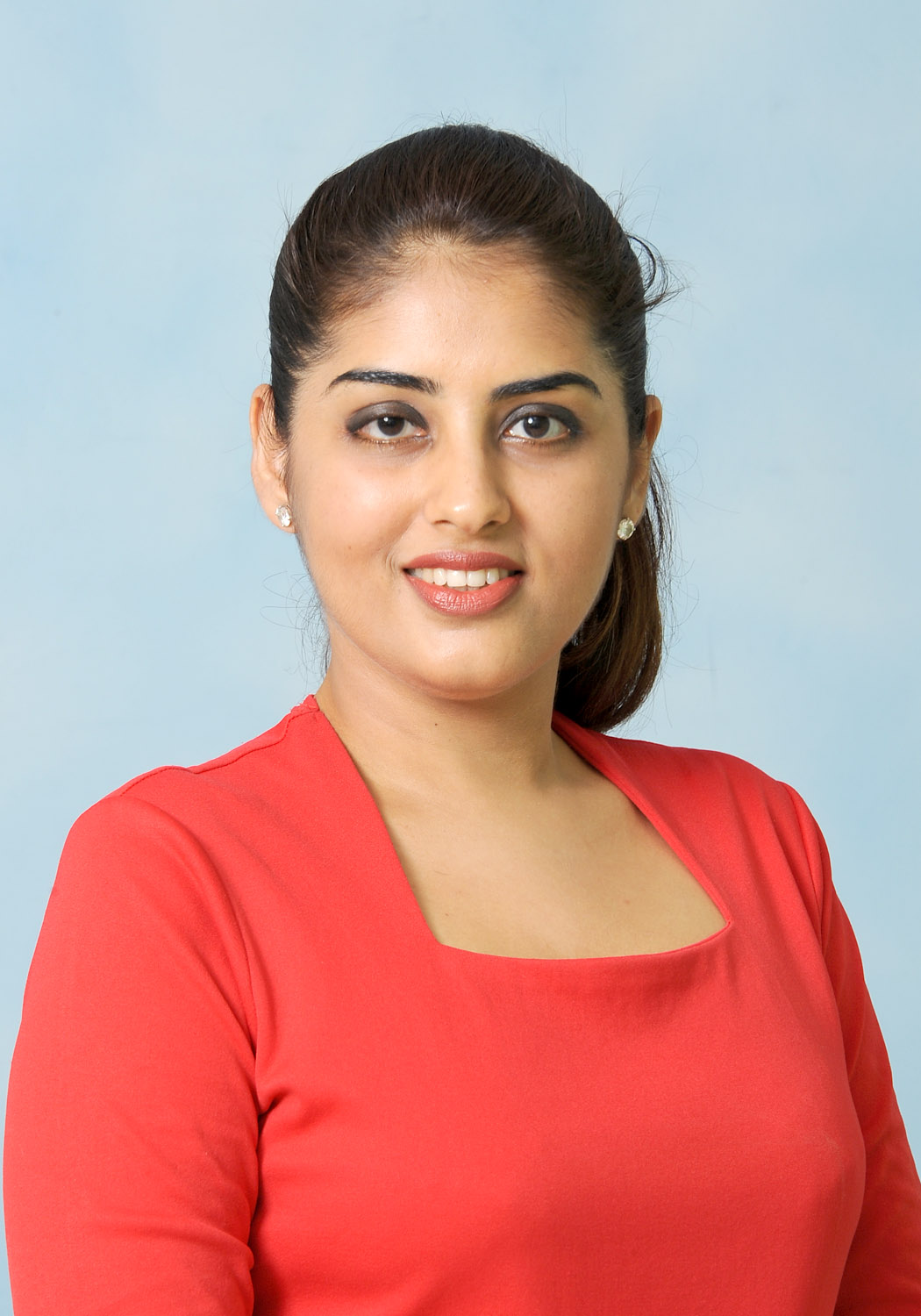
Pritika Chandiramani
Pritika is Vice Principal and PYP Coordinator at EtonHouse International School (Broadrick)
It all started with a display board that needed to be updated and a simple request from the teacher, asking her students to help take the old display off the board…
What followed was an in-depth inquiry where students initiated their own learning, took ownership, worked together and problem solved to have their new display up in no time!
The students realized that our blank
“What shall we do?” I asked them.
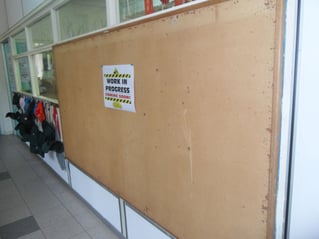 A child enthusiastically responded, “We can write our names and decorate it!”
A child enthusiastically responded, “We can write our names and decorate it!”
“We need to cover it with paper because it is ugly,” shouted another student.
When I heard this, I instinctively wondered how I could best use this teachable moment! I seemed to have had found a great opportunity to integrate the mathematics strand of measurement to weave in with student initiation, interest and enthusiasm! I asked, “I wonder how much paper we will need to cover up the board?”
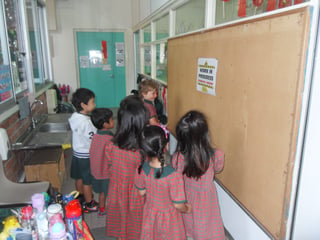 Instantly, I found groups of students making predictions and estimating the amount of paper we would require. “Fifteen”; Fifty”; "Five hundred million”!
Instantly, I found groups of students making predictions and estimating the amount of paper we would require. “Fifteen”; Fifty”; "Five hundred million”!
Much as I wanted to jump in to say something, I did not. I listened to their intense discussions on how to measure and what to use.
Children started to use various strategies and techniques to measure the board. Some used their arms, others walked alongside the board measuring in line with the number of their footsteps. A lot of speaking, listening and debating happened as children co-constructed their learning with each other.
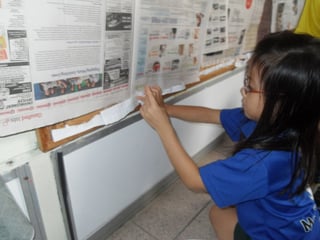 Soon, the children began to test out their theories using newspaper. A lot of planning, organizing, accepting and sharing responsibilities, taking turns, respecting others, cooperating and making group decisions
Soon, the children began to test out their theories using newspaper. A lot of planning, organizing, accepting and sharing responsibilities, taking turns, respecting others, cooperating and making group decisions
Our board was beginning to take shape!
After most of the board was covered with paper, a few children identified gaps in between them, showing the ugly cork board. Something had to be done! Once again, children started to make suggestions; plan and problem solve in order to cover up the showing bits of the board. More paper was cut to measure by the students. The group stayed committed till the board was completely covered.
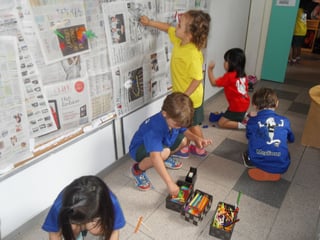
There on, students started to decorate the board using art supplies. Finally, we went on to writing and decorating our names to mount on our board as the group had originally planned.
I am so glad that I listened to the children. Students had developed a rich conceptual understanding through this project. They understood that measurement involves comparing objects; they used tools and nonstandard units of measurement to solve problems in real-life situations involving length.
They saw the value in collaboration. The process involved rich learning at each step for all of us.
By the end of our collaborative project, the board did not look like the way I had originally planned it, with the displays that I had intended for it. However, the students’ deep conceptual understanding as a result of this experience, their sense of ownership and accomplishment towards what they had achieved as a team was beyond anything that I could have planned for.
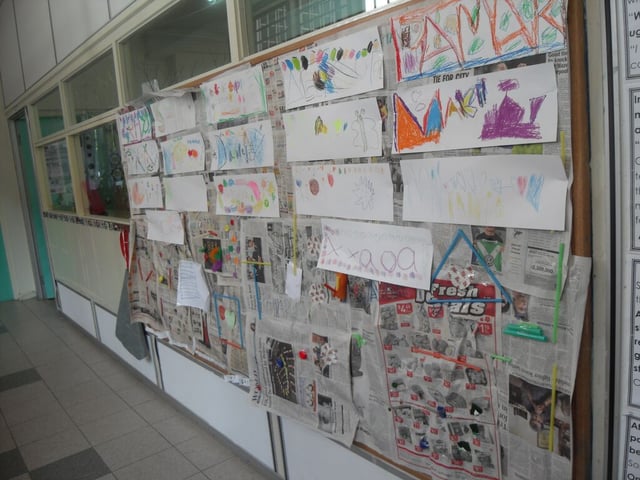
This experience forced me to re-examine and realign my own concept of the image of the child. My little learners had competently applied their knowledge of measurement to solve problems. They had used their thinking skills to acquire and apply knowledge, comprehend and analyse information.
The group did this all while using their social skills; cooperating, accepting responsibility, respecting peers and making group decisions. It was truly rewarding to witness their strong communication skills to speak and listen to each other; use their self-management skills to organize and decorate the board; and their research skills to observe, plan, collect and record data.
I am so glad that I listened.
The article was originally published in The Red Dot, Issue 4, June 2015 – a Singapore/Malaysia PYP Network Newsletter.

